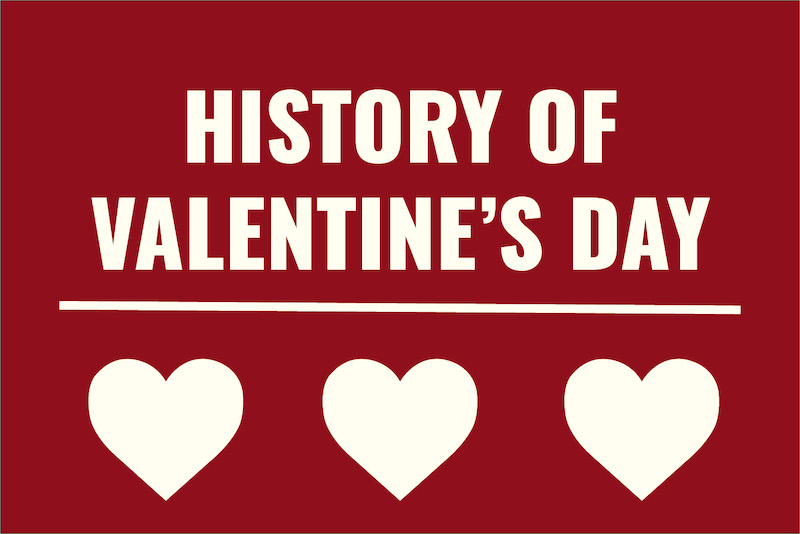As February unfolds, hearts adorned with crimson hues and the sweet scent of roses fill the air, signaling the arrival of Valentine’s Day. While for many it’s a day of celebration and romance, few may know the intriguing history that underpins this cherished tradition.
Dating back centuries, Valentine’s Day finds its origins in ancient Rome, where the festival of Lupercalia was celebrated from February 13th to 15th. This pagan festival honored the Roman god of fertility, Lupercus, and marked the beginning of spring. During Lupercalia, young men would draw names of women from a jar, pairing off couples for the duration of the festival, and often longer, sometimes leading to marriage.

The Christian church later sought to Christianize this pagan festival, renaming it St. Valentine’s Day. The exact origins of St. Valentine himself remain shrouded in mystery, with multiple martyrs named Valentine recognized by the Catholic Church. However, the most popular theory traces back to a Roman priest named Valentine who defied Emperor Claudius II’s decree banning marriage for young men, believing that single men made better soldiers. Valentine continued to perform marriages in secret until he was discovered and subsequently martyred on February 14th, around 270 AD.
It wasn’t until the Middle Ages, however, that Valentine’s Day began to be associated with romantic love. It was during this time that the tradition of exchanging love notes and tokens of affection emerged, fueled by the belief in England and France that February 14th marked the beginning of birds’ mating season, adding a touch of natural symbolism to the celebration.
The first written valentine is said to have been sent by the imprisoned Duke of Orleans to his wife in 1415. Over time, the practice of exchanging handwritten notes and gifts grew in popularity, spreading across Europe and eventually making its way to the New World.
In the 19th century, the mass production of Valentine’s Day cards became possible with advances in printing technology, making the holiday more accessible to people of all social classes. The tradition of sending cards, flowers, and chocolates flourished, solidifying Valentine’s Day as a commercial holiday centered around expressions of love and affection.
Today, Valentine’s Day is celebrated around the world, transcending cultures and borders. While its origins may be rooted in ancient rituals and historical figures, its essence remains unchanged—an opportunity to celebrate love in all its forms, whether it be romantic, platonic, or familial.
As we prepare to exchange tokens of affection and heartfelt sentiments with our loved ones this February 14th, let us remember the rich tapestry of history that weaves together the fabric of Valentine’s Day, reminding us of the enduring power of love to transcend time and place.


